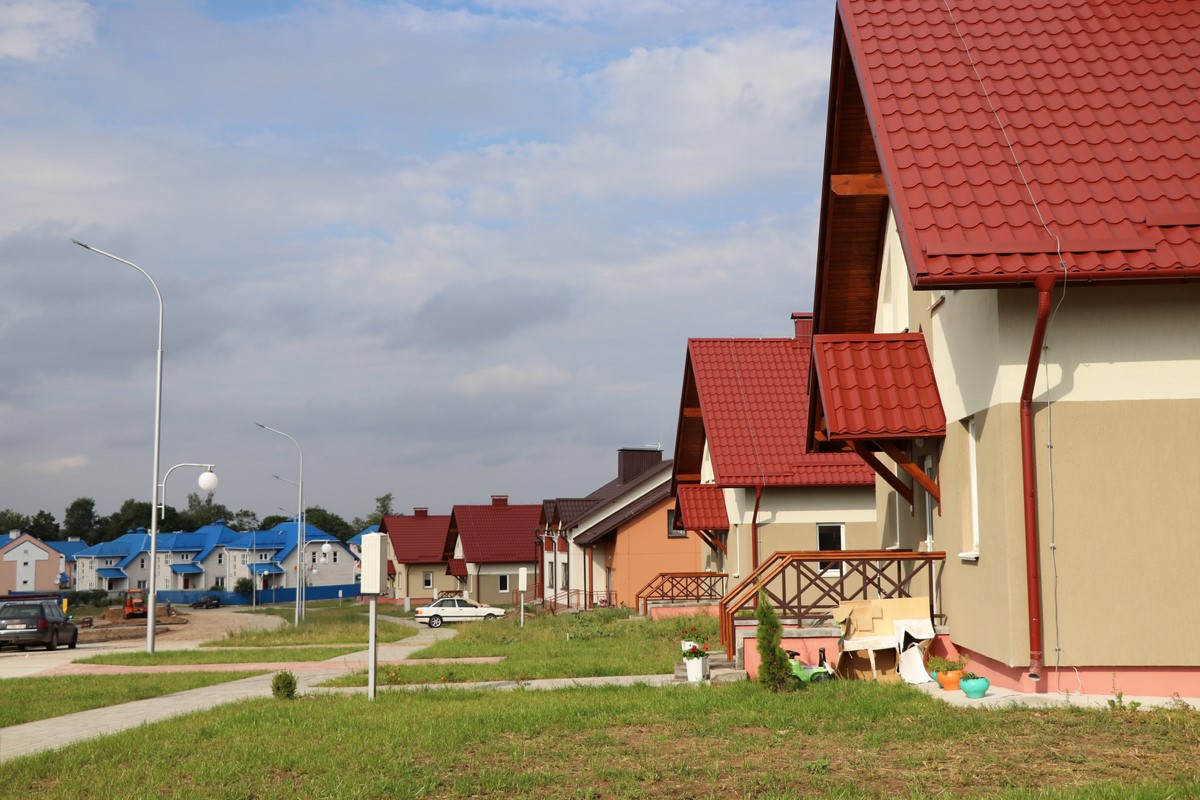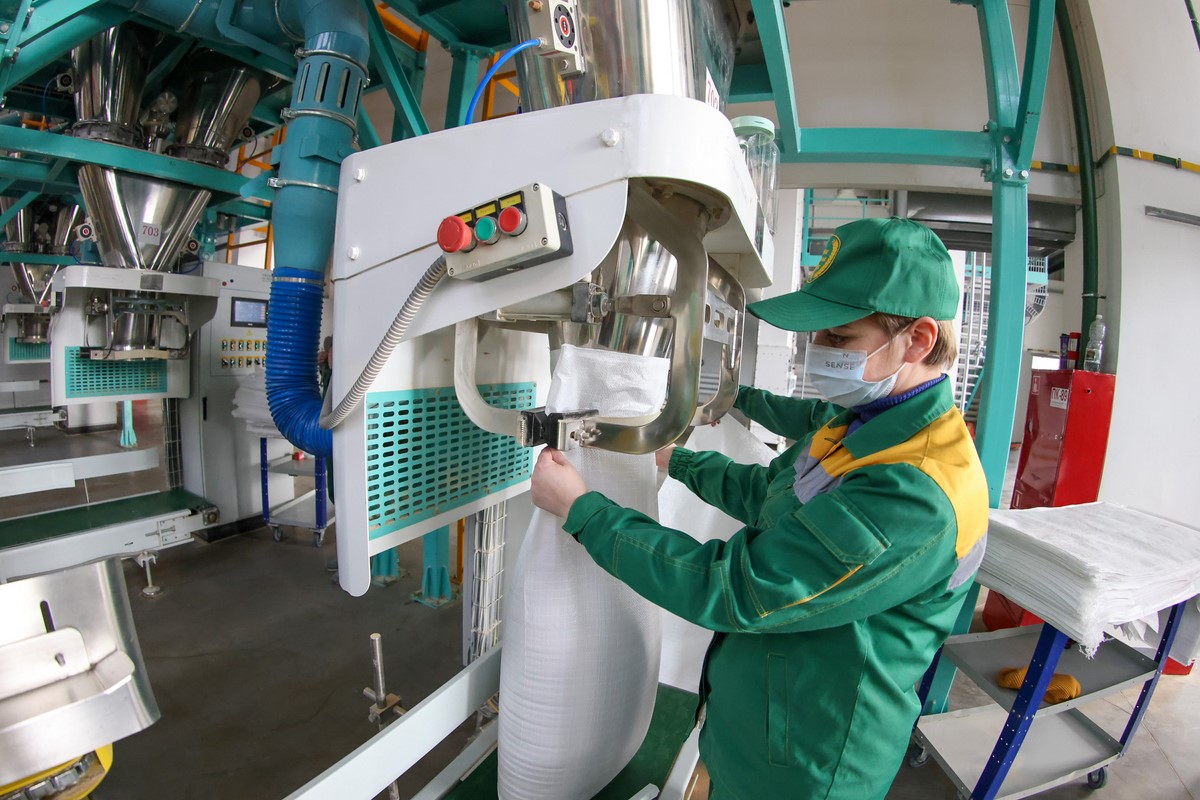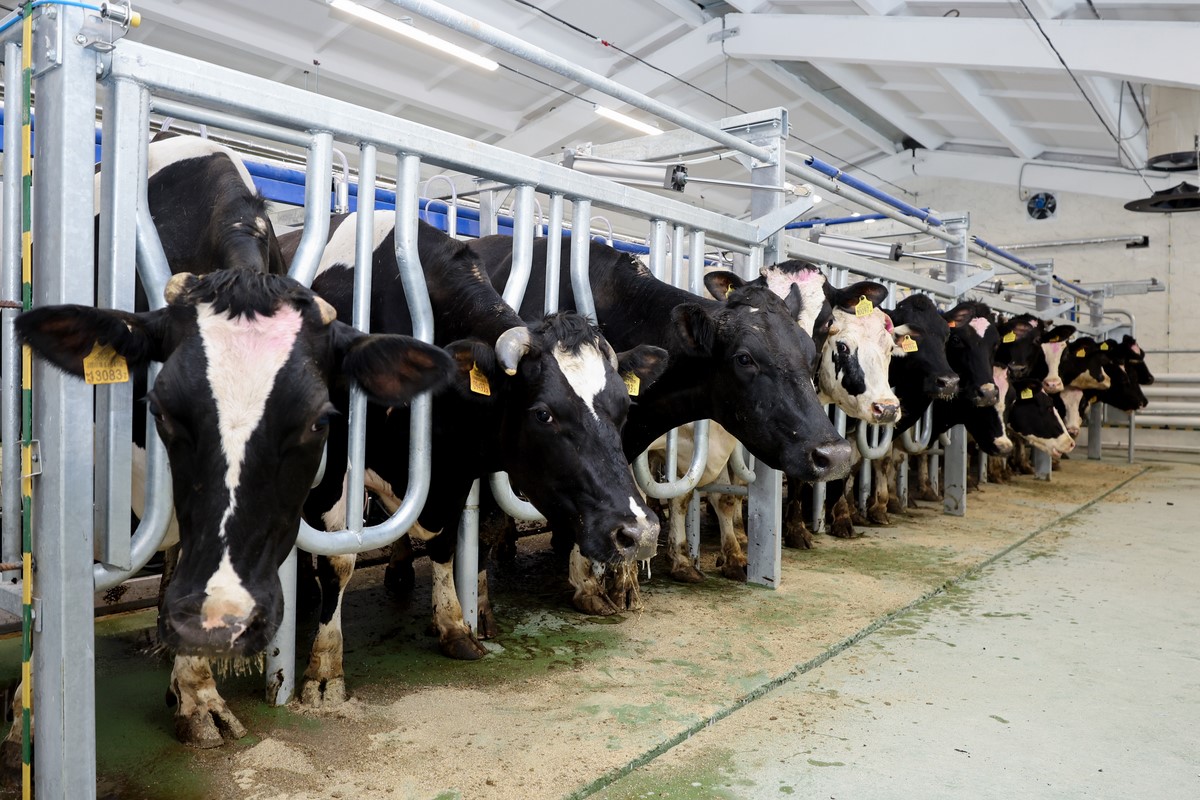Both the village and the city
Spiritual roots of any civilization lie in rural areas, while intellectual power and technological progress developed in cities. The center and the regions are in a bipolar relationship: they combine both contradictions and unity. Scientific achievements, education, and medicine in their highest manifestations are concentrated in urban centers. And it's problematic to do it any other way. But innovations should also scale to small towns, which, without know-how and modern infrastructure in the broadest sense, will fall into disrepair, hitting cities like a boomerang: without reliable food supplies, megacities quickly turn into a stone jungle. Over the past few decades, there has been a bias towards urban life. It is all the more important to strengthen the regions in order to preserve social and economic harmony. It is not the most trivial task that requires delicate approaches and original organizational and administrative solutions. Prospects of regional development in the long term were discussed with Irina Rusak, Analyst of the Belarusian Institute of Strategic Research.
IT IS SAID
President of Belarus Alexander Lukashenko:
— So, we need to break the scheme. The lands and resources of unprofitable farms should be transferred in full to strong farms and work according to the scheme of enlarged commodity complexes. To build modern large-scale dairy and swine complexes at the enterprises being created.
Speech at a meeting on rural development and improving the agricultural sector efficiency, April 16, 2024

Regional sustainability
— At present, the development of long-term strategies for sustainable development of regions and industries is in an active phase. Undoubtedly, these documents will be discussed at various levels, and a concrete vision of the future of both industries and regions will be developed during a multi-stage examination and discourse. But on an analytical level, I can state that a conceptual review of regional economic management is overdue today.
There are quite a lot of developments on these issues. Without going into their details and nuances, we can say that to a large extent, republican-level projects, as well as the activities of enterprises of republican subordination, are the driver of the development of some regions. The most striking example is the Belarusian nuclear power plant in Ostrovets. Industrial centers have emerged which, in terms of economic influence, go far beyond their districts and even regions. Belaruskali expanded beyond Soligorsk and built a new mine in the Petrikov district of the Gomel region. The flagship holdings (BELAZ, MAZ, MTZ, BMZ and others) include business entities in almost all regions of the country. The logic of increasing competitiveness and efficiency also involves the consolidation of industries, the creation of vertical and horizontal commercial structures, clusters, and the use of other forms of integration that create broad and complex relationships between business entities that go far beyond the administrative and territorial framework.
New objective trends require new approaches to regional management. One option is to focus the efforts of the local administration on creating a favorable environment: developing infrastructure, healthcare, education, and ensuring social standards. Including for the development of business activity. Breakthrough projects will be developed directly within the framework of sectoral strategies and strategies for the development of economic activities that will cover the entire territory of the country. And by and large, it should be formulated even more broadly, taking into account the capabilities and prospects of the state within the framework of integration associations: the Union State of Belarus and Russia, the Eurasian Economic Union, BRICS, and the SCO. Obviously, key projects will be formed on the basis of large enterprises and industrial centers, which will have a multiplicative effect on the development of surrounding territories.
The workplaces magnetism
— If we talk about rural areas, then, as it seems, it is advisable to use the principles of rural urbanization to provide the agricultural sector with labor resources. Undoubtedly, the state will not abandon the inhabitants of small settlements. As the Head of State has repeatedly noted, as long as there is at least one resident in the village, he will be provided with trade services, communications, medical care and other social standards. But in the development of the regions, the focus is planned to be on agro-towns, where it is possible to bring the level of comfortable living closer to urban living in terms of household services (gas, central water supply, etc.), provision of social facilities (shopping, healthcare, education). Basic social standards in agro-towns have already been implemented, and infrastructure is being improved. Of course, it is impossible to build a multifunctional shopping center, an aquapark or a drama theater in every village (even in a large one). Such facilities will be concentrated in cities, as a higher concentration of the population is necessary for their operation. But now the emphasis is on developing transport infrastructure so that roads with hard asphalt surfaces lead from rural areas to district and regional centers, and measures are being developed to increase the mobility of the rural population. So that people from small towns can comfortably and quickly reach the agglomerations and enjoy the same benefits as urban residents.

The second significant factor in attracting people to rural areas is the availability of high-paying jobs. Unfortunately, the average wage in the agricultural sector at present is about 80 percent of the national average. And the situation varies. There are strong enterprises, and agro-towns are full in the field of their commercial activities. Even urbanites (albeit not in large numbers) are ready to move to rural areas if there are favorable job offers for them. People go for such jobs. And not all agricultural enterprises can offer them.
Scale synergy
— I assume that the agricultural sector will also follow the path of consolidation: successful enterprises will absorb problem farms. Regardless of their geographical location. Apparently, the industry will consolidate with the formation of multi-profile holdings or even corporations. They will be a source of high-tech and high-paying jobs with competitive working conditions. It is assumed that the holding structure will make it possible to find regional specialization based on local characteristics and opportunities. In some regions, priority will be given to crop production, in others – to dairy and beef farming. The emergence of growth points due to the activity of entrepreneurship is not excluded. They already exist, and it is necessary to create conditions for their scaling. Cucumbers from Stolin district have become an international regional brand. And incomes in this region are not less than in the capital. It will be the task of local authorities to find and create conditions for such local, niche specializations.

Integrated rural development is important. A strong agricultural sector, efficient workplaces, as well as decent infrastructure, are a magnet for labor resources. In turn, the high incomes of residents of agro-towns create effective demand, to meet which businesses and investors will go to the regions, they are also a generator of economic activity. This is not an easy task, but it can be solved in the long run.


